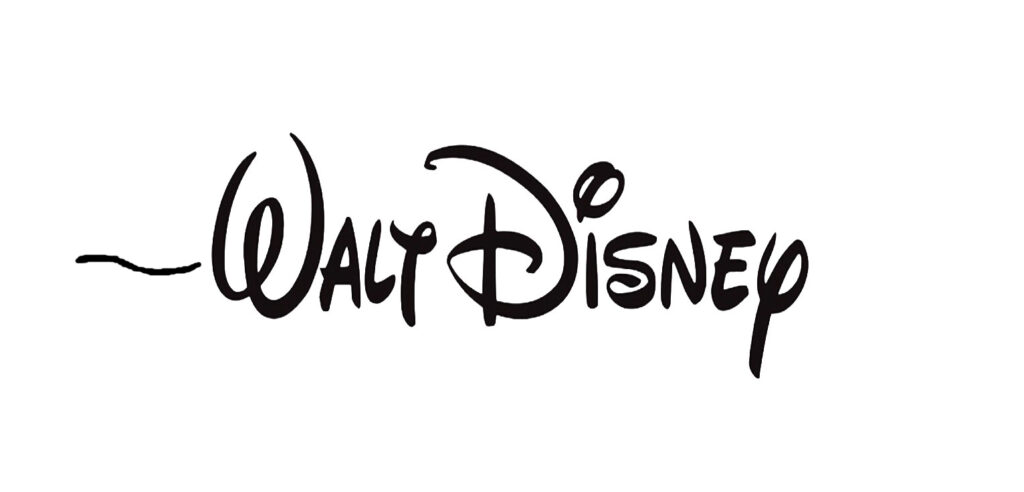TESTING THE NEW MARIONETTE
Geppetto now applies the finishing touch to his new marionette: biting his tongue with concentration, he paints a wide cheerful smile across Pinocchio’s face. However, I learned early on when building a puppet “the eyes have it”, as the saying goes. Being the “mirror of the soul”, they must be rendered and positioned with skillful care. To make eyes appear to be focused intentionally, that is, internally motivated to look at something, they must be painted ever so slightly crossed, both the iris and the pupil within it located minutely closer to the central nose. Painted this way, they appear to be actually observing whatever they are aimed at. In order to make Pinocchio look at first truly wooden and unalive, his irises and pupils are drawn more centered as though they are gazing into space, unseeing. Occasionally they are even slightly wall-eyed which increases the effect of lifelessness.

Geppetto names his new creation “Pinocchio”, overriding the disapproval of his pets, Figaro and Cleo, and now takes the marionette for a spin across his workroom floor, singing “Little Wooden Head”, the melody of which becomes throughout the rest of the film a leitmotif for the father’s affection for his son. Composer Leigh Harline scored the song’s musicbox accompaniment for a delightful instrumental ensemble of toy trumpet, toy violin and toy whistle as well as harpsichord and celeste.[1]
The fine art of marionette manipulation was the province of Bob Jones, a professional puppeteer who joined Disney’s new Model Department staff.
Jones trained animator Frank Thomas in manipulating a marionette so he could properly animate the character of Pinocchio.[1]
Jiminy continues observing, at one point escaping from the cogs and gears of a music box, then averting discovery by disguising himself as a mechanical bandmember among figures on the topside. Under Geppetto’s manipulation the marionette flops around the room, playfully taunting the kitten and amazingly distorted into grotesque funhouse images by the curvature of Cleo’s fishbowl. The Sound Effects Department underscores the puppet’s wooden gambol with just the right clattering sound.
When this romp is over, Geppetto re-locates the marionette on his workbench just as a clock begins chiming the hour, nine. This sets off an absolutely marvelous “set-piece” sequence depicting the multitude of ways in which those clocks sound out the hour. Many doodled by Hurter in his sketchbooks and now brilliantly animated, all forgo the traditional cuckoo with such replacements as a drunkard’s hiccupping, a boy’s wailing as he gets spanked for stealing jam, a turkey’s gobble as it avoids decapitation, a busy buzzing bee, ducks dunking into the surface of a pond searching for food, baby birds’ peeping as they hatch. Again, the variety of sound effects here are phenomenal!

It is unlikely that Walt knew of The Spanish Hour (L’Heure Espagnole), an opéra buffa by the great French composer Maurice Ravel (1875-1937). It debuted in Paris in 1911 and begins with an overture masterfully orchestrated to depict sonically the chiming of all the timepieces in its setting, a clockmaker’s shop in Toledo, Spain. The similarity with this sequence in Pinocchio is uncanny!
The hour thus unequivocally established, nevertheless Geppetto must check his pocketwatch for confirmation, “I wonder what time it is?” Capping the sublimity of the previous animation, the face of the woodcarver’s timepiece ticks off the seconds by two gentlemen clinking foamy beer steins together.
[1] *Sampson, Wade: “The Great Disney Puppet Mysteries: The Tale of Two Bobs” on https://www.mouseplanet.com/contact/w/12/Wade-Sampson, February 11, 2009.
[1] Kaufman, J.B.: op. cit., p. 122.

GakRxvoz
jhegZTVlr
aMVFdZxNQfDors